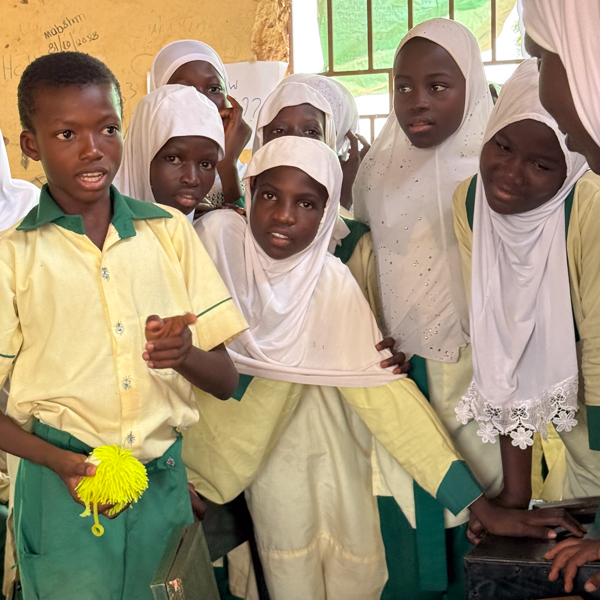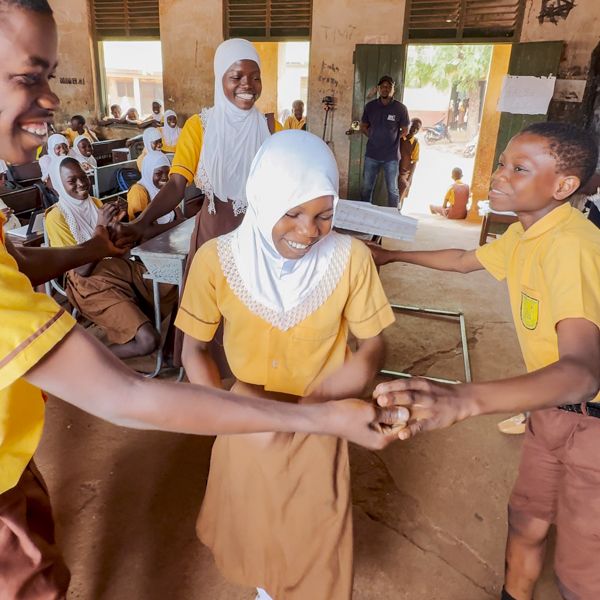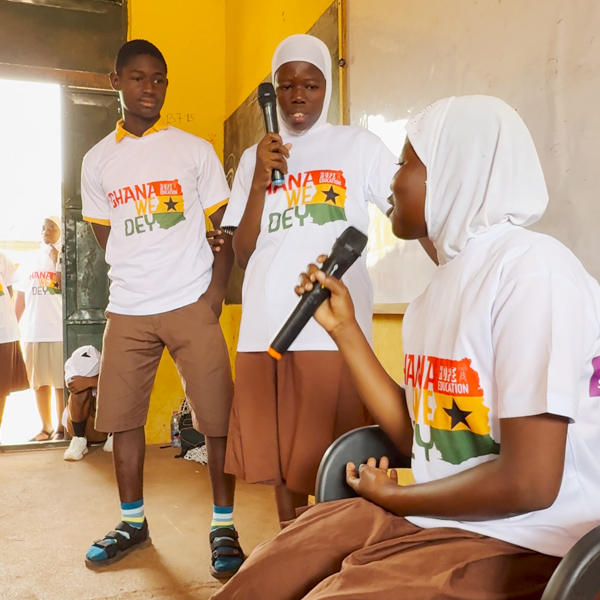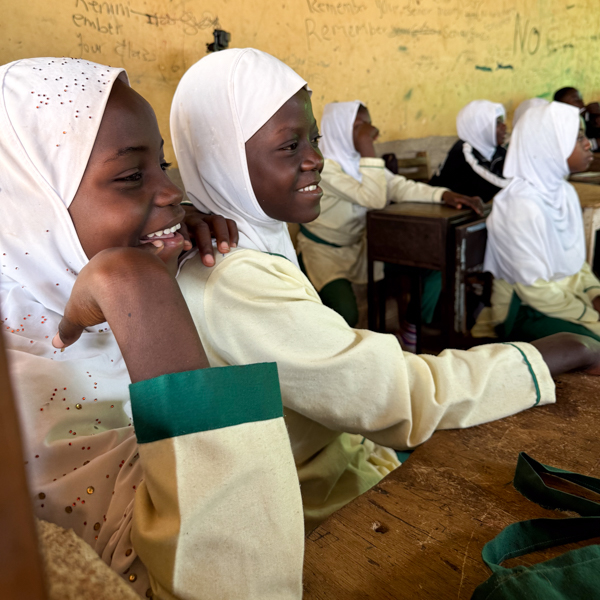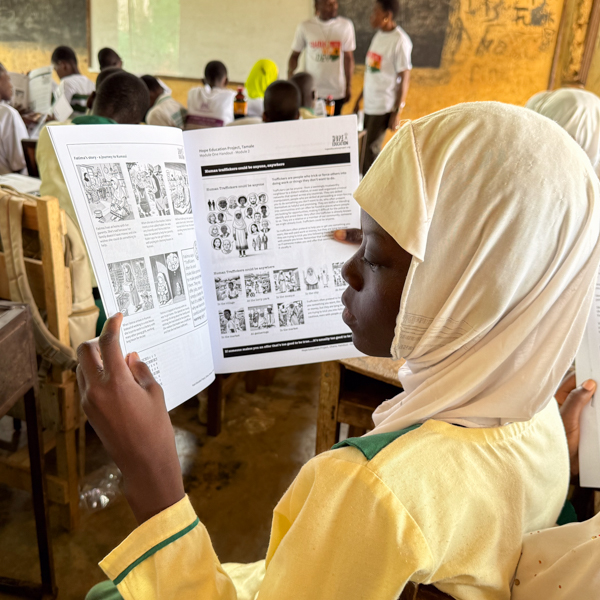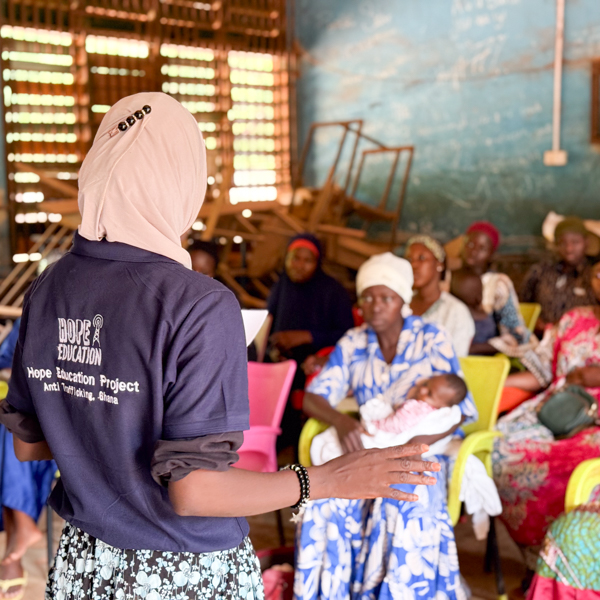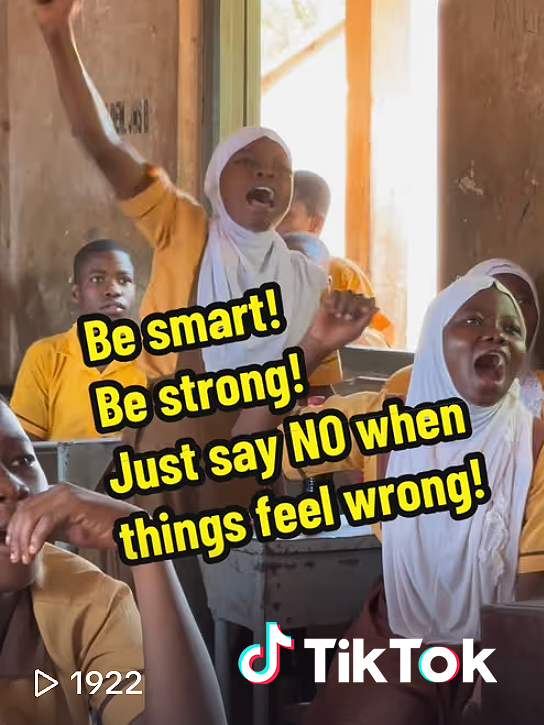Tamale 2025
THE PILOT PROJECT – TAMALE 2025
We ran our human trafficking pilot project in Tamale, Northern region, Ghana in February and March 2025. Working in three Ghana Education Service junior high schools and their respactive communities. We directly interacted with over 300 students as part of our schools program and 200 young girls and women in our Out-of-School Girls program.
The message from the program reached deep into the local communities. Students were transformed into advocates and women in the surrounding communities spread the message. We completed the pilot knowing that the project had been a huge success to the calls for more from Head Teachers, community leaders and Queen Mothers.
“I was at the salon getting my hair made when I heard a girl behind me say, ‘Be Smart! Be Strong! Say No When Things Feel Wrong!’ I turned around, thinking maybe she’d been in one of our sessions. But she hadn’t - her sister had. Her sister taught her the slogan at home.”
Mariama Adam, Hope Education Project
You can read a more detailed overview of the pilot project here

3 GES Junior High Schools
300 Students Reached Directly
4 Survivor-Led Community Sessions
3 Student Performances Delivered to Peers
200 Out-of-School Girls Reached
Delivered in Tamale, Northern Region
Feb/Mar 2025
We await the findings from our research team, who are currently analysing the monitoring and evaluation data collected during the pilot. Their insights will help us strengthen and refine the curriculum for future delivery. While the pilot provided valuable learning across all aspects of the program, it also confirmed what we had hoped – our approach is effective, culturally relevant, and deeply needed. Early feedback from students, teachers, and community participants strongly supports the continued rollout of the Hope Education Project human trafficking program.
You can read a blog article about each of the five Modules of the program and the handouts we left with students. Just click on any of the images to be taken to the corresponding summary article.
The Schools Pilot Project
Why Tamale?
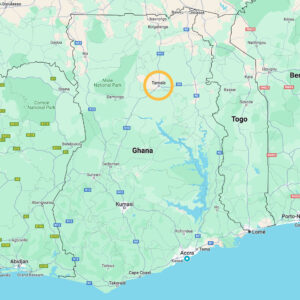
Children’s Rights and Responsibilities
Victims, Traffickers & Trusted Adults
Online Safety, Reporting & Trafficking Risks
Theatre-Based Learning
Performance and Peer Advocacy
Equipping Youth Advocates
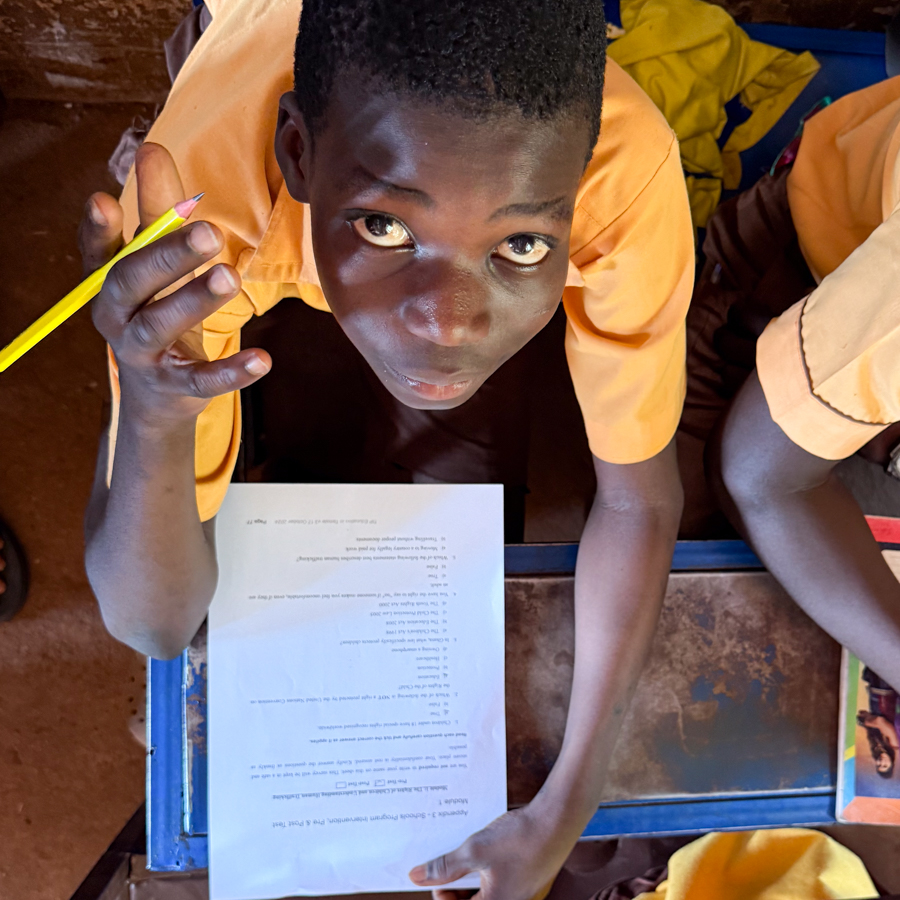
The Community Project
The Community Program was grounded in real stories and voices. Each session was co-led by our Programs Manager, Mariama Adam, and our survivor advocate, Wunzooya, who spoke openly about her experience of being trafficked from Tamale to Saudi Arabia for domestic work. Together, they created a space where women could ask questions, share their own concerns, and connect trafficking risks to real life. The group also watched a short film from our sister campaign, Stop Trafficking Africa, featuring survivors and the Director General of NAPTIP translated into Dagbani to ensure it was fully understood. Whether in the smaller group sessions or the larger open event with over 120 women and girls, the response was honest, emotional, and engaged.
You can read a blog article about the Out-of-School Girls program and the open community event. Just click on any of the images to be taken to the article.
The Community Project
We held three events in the pilot school communities with 24 out-of-school girls and young women. We conducted pre- and post-monitoring and evaluation surveys and conducted post-event focus groups.
We also ran an open community event attended by 120 out-of-school girls and young women.
Each session was co-led by our Programs Manager and Survivor Advocate
GET TO KNOW HEP AUDIO
Listen to our Hope Education Project audio explainer and learn more about our programs
